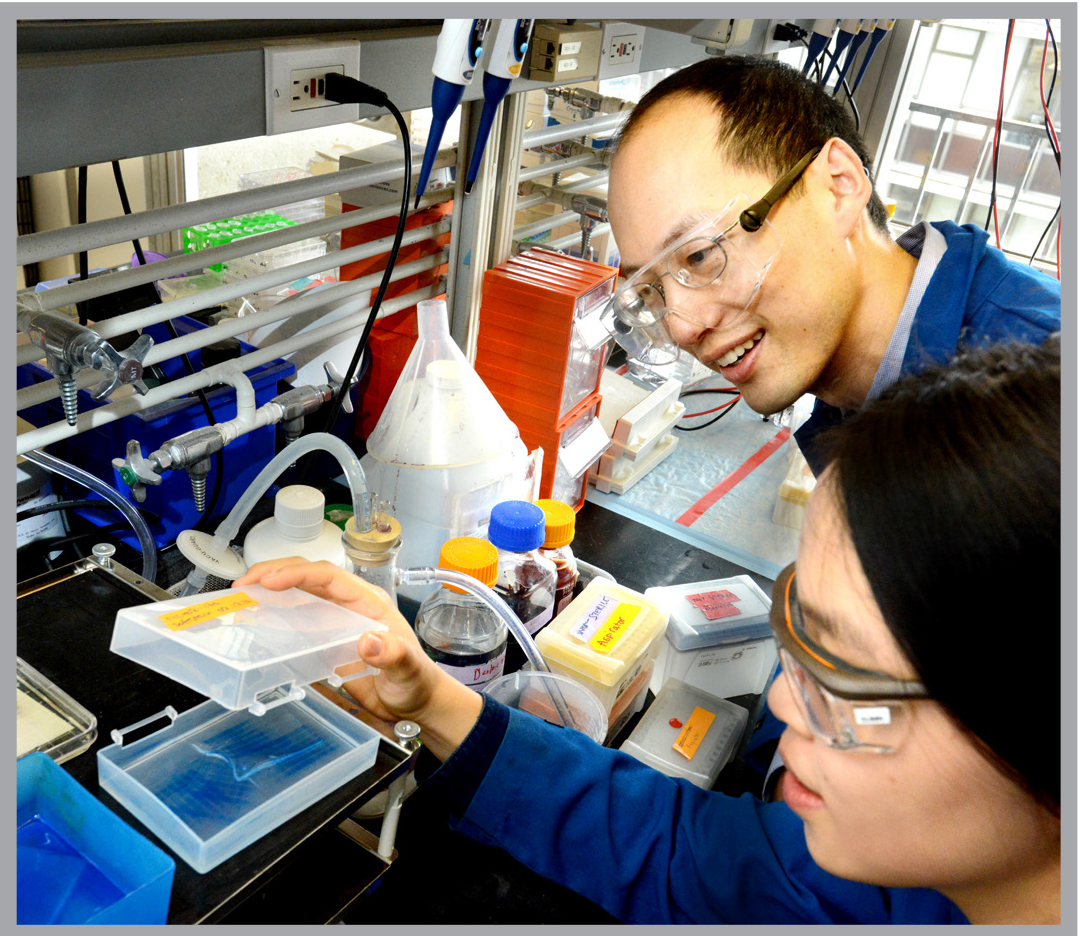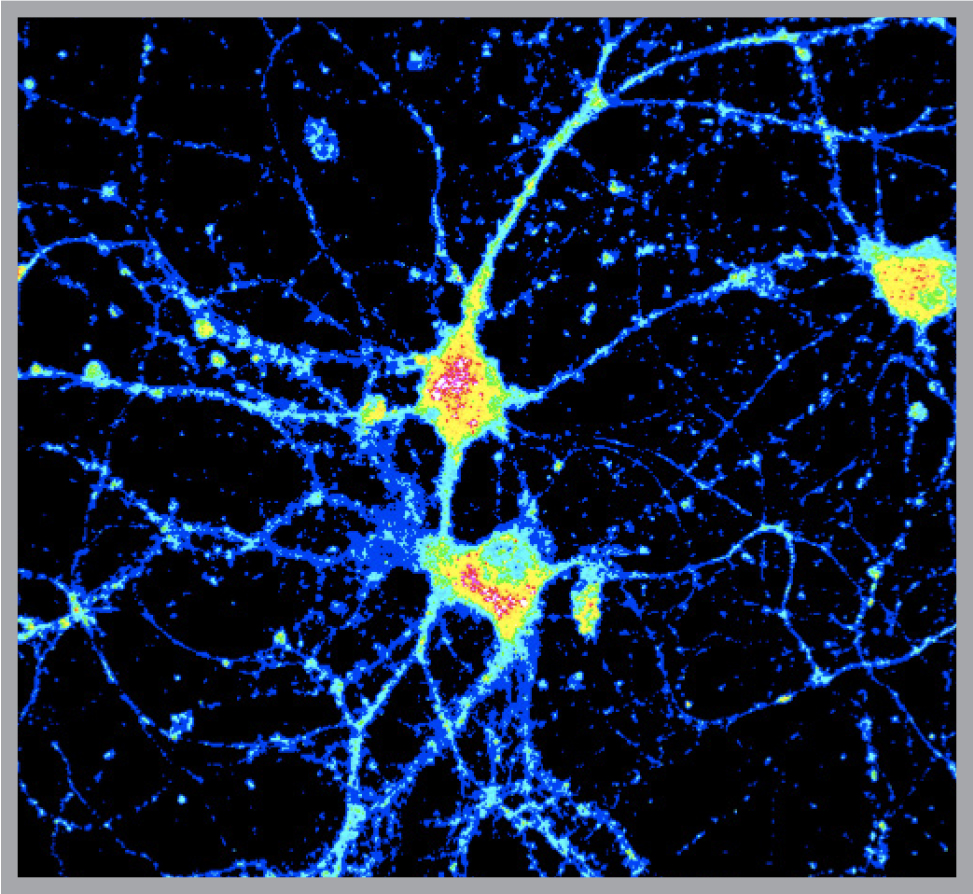Copper: A new player in health and disease
They’ll have to change biology textbooks. The opening pages on the nervous system inevitably include the iconic illustration of a synapse — the gap where one neuron passes a signal on to another.
The images often show how the chemical elements calcium, sodium and potassium migrate through channels in the signaling neuron’s membrane to trigger this crucial neuron-to-neuron communication.

Now add copper to this select list of elements essential for neuron signaling. By devising fluorescent probes to track the presence and movement of copper atoms in and out of nerve cells, chemist Chris Chang has shown that changes in concentration of this element at the synapse can switch on or off signaling between neurons.
“We have found that the copper is like a brake or a dimmer switch — one for each nerve cell. The more copper flows into the cell, the more it turns down neuron firing, but the brain can reverse the process by lowering copper levels to resume neuron signaling,” he says.
While the fluorescent probes allow researchers to see the changes in copper concentration for the first time, the processes by which it exerts such profound effects on cells are just now being studied.
Still, it already seems clear that the changes affect cell behavior, and that blocking or accelerating copper accumulation may provide a new treatment for a range of diseases or disorders, from neurodegenerative disease to cancer and obesity, Chang says.
“The fluorescent probes allow us to see into what copper is doing — to put a flag on it. It’s a discovery tool to uncover fundamental properties.
“Then we can follow up to better understand how copper contributes to thought and perception, as well as use the knowledge to combat neurodegeneration and neural injury,” he says. Chang is a professor of chemistry and of molecular and cell biology.
Along with colleagues in the field, Chang hypothesizes that abnormal concentrations and distributions of copper in neurons may lead to the buildup of amyloid plaques on the cells — the hallmark of Alzheimer’s disease and other neurodegenerative disorders. Restoring copper levels to the right place in the right amount could be a potential strategy to slow and even treat these diseases, he says.

Copper is also known to promote angiogenesis — the development of new blood vessels that are essential to feed rapidly growing and dividing cells, including rampantly dividing cancer cells. The new capacity to track copper atoms’ movement and concentration in different parts of a cell suggests a new cancer treatment strategy.
Last year, in a collaboration made possible by the Sackler Sabbatical Exchange Program, Chang began working with colleagues at UCSF’s Department of Pharmaceutical Chemistry to develop a drug technology to disrupt recruitment of copper by cancer cells. The research focuses on interfering with mitochondria in cells, the organelles that supply energy. Tying up mitochondrial function would block or stall tumor growth.
“We brought a chemistry problem to our UCSF colleagues,” he says. “They have the technologies for developing antibodies to combat cancer cell growth. This has been an exciting collaboration.”
Chang has also teamed up with researchers in Berkeley’s nutritional sciences and toxicology department to study copper’s role in obesity. They already have evidence that copper affects the burning of fat in the body.
Obesity puts people at risk for many diseases. “If we could find a way to burn fat more efficiently, this could be a big contribution,” he says.
Copper almost certainly is not the only element in the body with important but underexplored effects on health, Chang says.
“Elements such as copper, zinc and iron are taken in with food, but diet and genetics vary the availability of these chemicals in the body and their interactions. Imbalances may affect health in profound ways.”
He compares the periodic table of elements to an orchestra.
“Each element can be thought of as a different musical instrument with its own unique properties. There are unlimited ways the instruments can be played individually and together. Chemical biologists are learning to actively compose and conduct new collections of these instruments in ways that I’m sure can improve health.”
_________________________________
The Raymond and Beverly Sackler Center for Biomedical, Physical and Engineering Sciences rewards innovative research approaches that take advantage of and promote the convergence of the biomedical, physical and engineering fields encouraging scientists to move into new fields and cross into other areas of convergence in order to realize the full potential for achieving transformative scientific breakthroughs. To advance this fertile research area, the Center facilitates innovation and faculty collaboration between UC Berkeley and UCSF through a prestigious sabbatical exchange program. For more information about the Sackler Center, please visit sackler.berkeley.edu.
